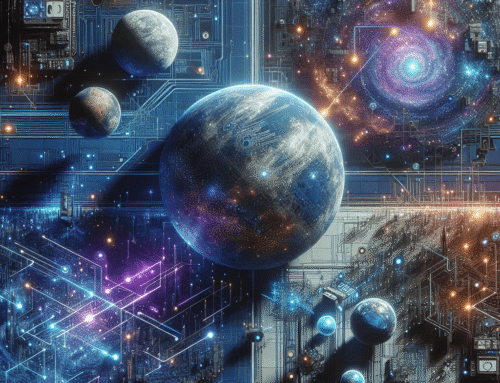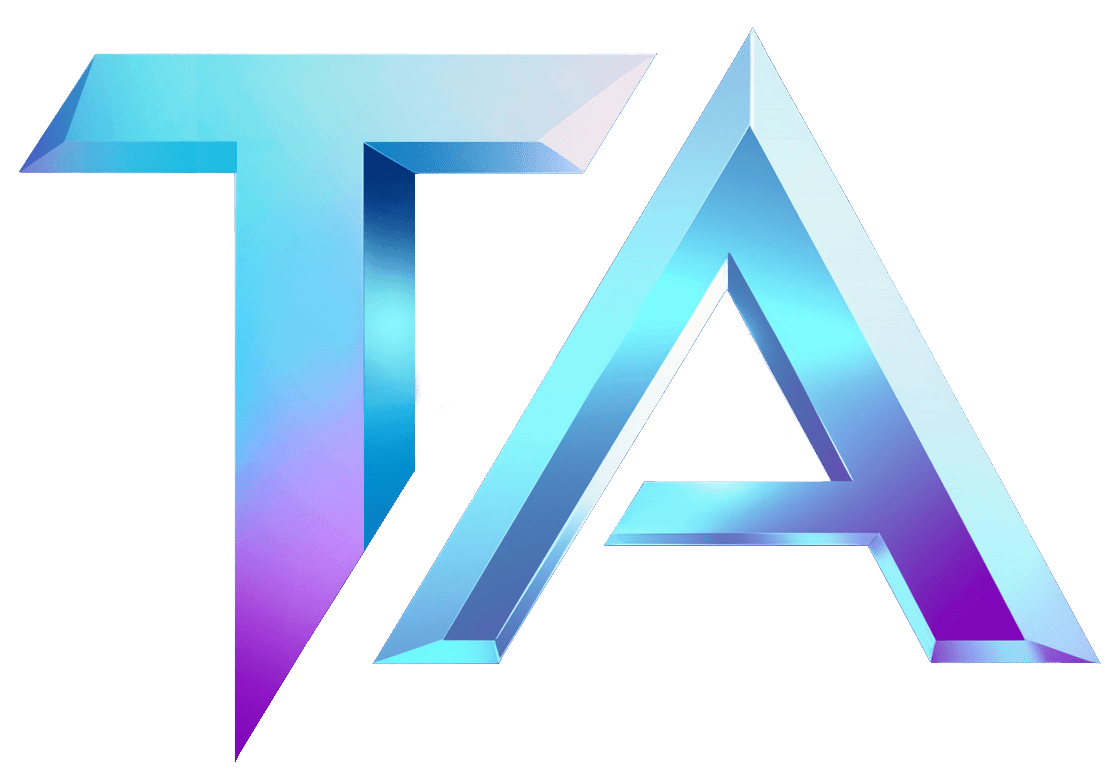Exploring the Heckscher-Ohlin Model in Star Atlas

Exploring the Heckscher-Ohlin Model in Star Atlas
The Heckscher-Ohlin (H-O) model, a cornerstone of international trade theory, provides valuable insights into how different countries (or, in the context of Star Atlas, factions) engage in trade based on their resource endowments. This model revolves around the idea that countries have varying levels of capital and labor, which influences their production capabilities and trade patterns.
Understanding the Basics
At its core, the Heckscher-Ohlin model highlights two key factors:
-
Factor Proportions: Countries/factions possess different ratios of capital (money, machines) to labor (human resources). For example, a faction rich in capital may excel in producing high-tech ships, while a labor-rich faction might focus on large-scale resource extraction.
- Comparative Advantage: Each faction has goods it can produce more efficiently than others. By specializing in these goods and trading with each other, factions can maximize their resources and improve overall economic welfare.
Applying the H-O Model to Star Atlas
In the ever-expanding universe of Star Atlas, factions like the MUD, ONYX, and AER provide a robust framework for applying the H-O model. Let’s break down how these factions exemplify key principles of the H-O model.
-
Resource Distribution: Each faction starts with unique assets. For example, AER might have superior mining capabilities due to its labor resources, while ONYX could dominate in ship manufacturing with its capital advantage. This dynamic influences how factions trade commodities.
-
Specialization: Factions develop specific industries based on their strengths. MUD may focus on resource gathering, while AER could invest in agricultural production. Through specialization, factions can optimize their output, leading to a more efficient economy.
-
Trade Relationships: The model illustrates that as factions trade their specialized goods, everyone benefits. MUD’s resources could become essential for ONYX’s manufacturing, while AER’s agricultural products might provide sustenance for all. This interdependence encourages collaboration and strategic alliances.
- Market Dynamics: In Star Atlas, the demand for different resources fluctuates based on gameplay mechanics, attracting factions to shift their production focus over time. Understanding this trend can help factions adapt their strategies, leveraging their comparative advantages to stay competitive.
Conclusion
The Heckscher-Ohlin model serves as an insightful lens through which players and factions in Star Atlas can enhance their understanding of resource management and trade dynamics. By recognizing their strengths and adapting to the market, factions can maximize their potential in this exciting universe.
For those interested in diving deeper into Star Atlas data and analytics, check out Titan Analytics’ Star Atlas data modules at Titan Analytics Modules. If you have any questions or need further clarification, feel free to reach out at Contact Titan Analytics. Happy exploring!




